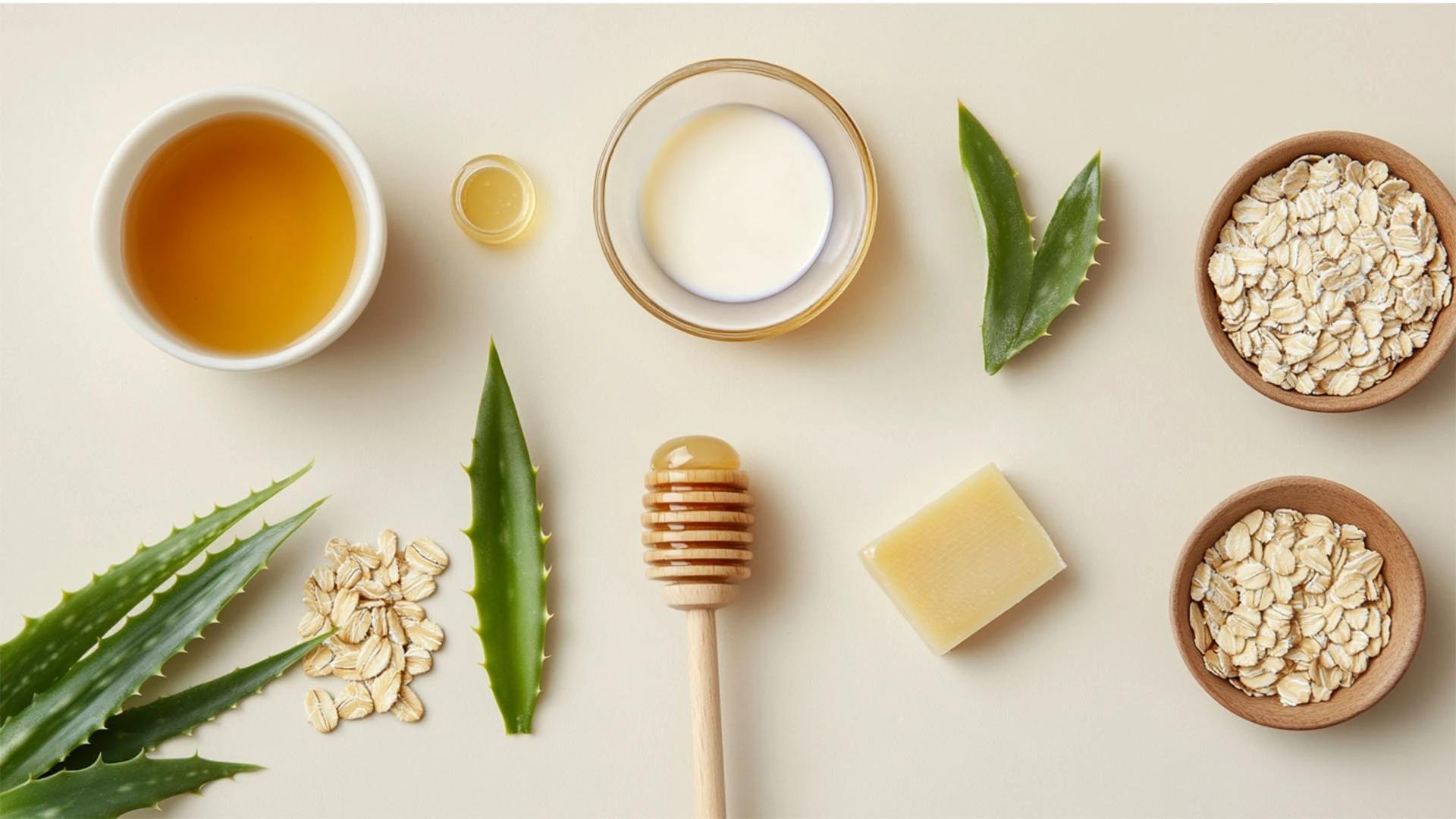: Lightweight and perfect for delicate skin
• Oat flour powder: Naturally soothing and anti-inflammatory
Safety Considerations and Best Practices
Let's address the elephant in the room – you've probably heard some chatter about talc safety, and it's worth having an honest conversation about this. Being informed helps you make the best choices for your skin and peace of mind.
Understanding Talc Safety Debates
There have been concerns raised about talc safety, particularly regarding asbestos contamination in some older products. However, cosmetic talc used in modern skincare products undergoes strict testing and regulation. If you're concerned, natural talc alternatives offer similar benefits with different ingredient profiles.
Proper Storage and Hygiene
Keep your powder in a cool, dry place and always use clean hands or applicators. Replace products that smell off or have changed texture. Generally, powder products have a long shelf life, but freshness always trumps age when it comes to skincare.
Frequently Asked Questions
Is talcum powder safe for daily use?
For most people, daily use of cosmetic-grade talcum powder is considered safe. However, if you have respiratory sensitivities, be mindful of inhaling powder particles during application.
Can talcum powder be used on the face?
Whilst some people use it on their face, it's generally better to stick to products specifically formulated for facial skin, which tends to be more sensitive than body skin.
How often should I apply talcum powder?
This depends on your needs and activity level. Most people find once in the morning is sufficient, though you might need to reapply after exercise or during particularly hot weather.
What's the difference between baby powder and body powder?
Baby powder is typically formulated to be gentler and often fragrance-free, whilst body powder might have stronger scents or different ingredient concentrations designed for adult skin.
Key Takeaways
Talcum powder remains a solid choice for skin protection when used properly. From moisture absorption to chafing prevention, it offers practical benefits that can genuinely improve your daily comfort. The key is choosing the right type for your skin, applying it correctly, and being consistent with your routine. Whether you go with traditional talc or explore natural alternatives, proper application techniques will make all the difference. Remember, skincare is personal – what works brilliantly for others might need tweaking for your unique needs, and that's perfectly normal.


 50 gm
50 gm 100 gm
100 gm 20gm
20gm 1 Unit
1 Unit